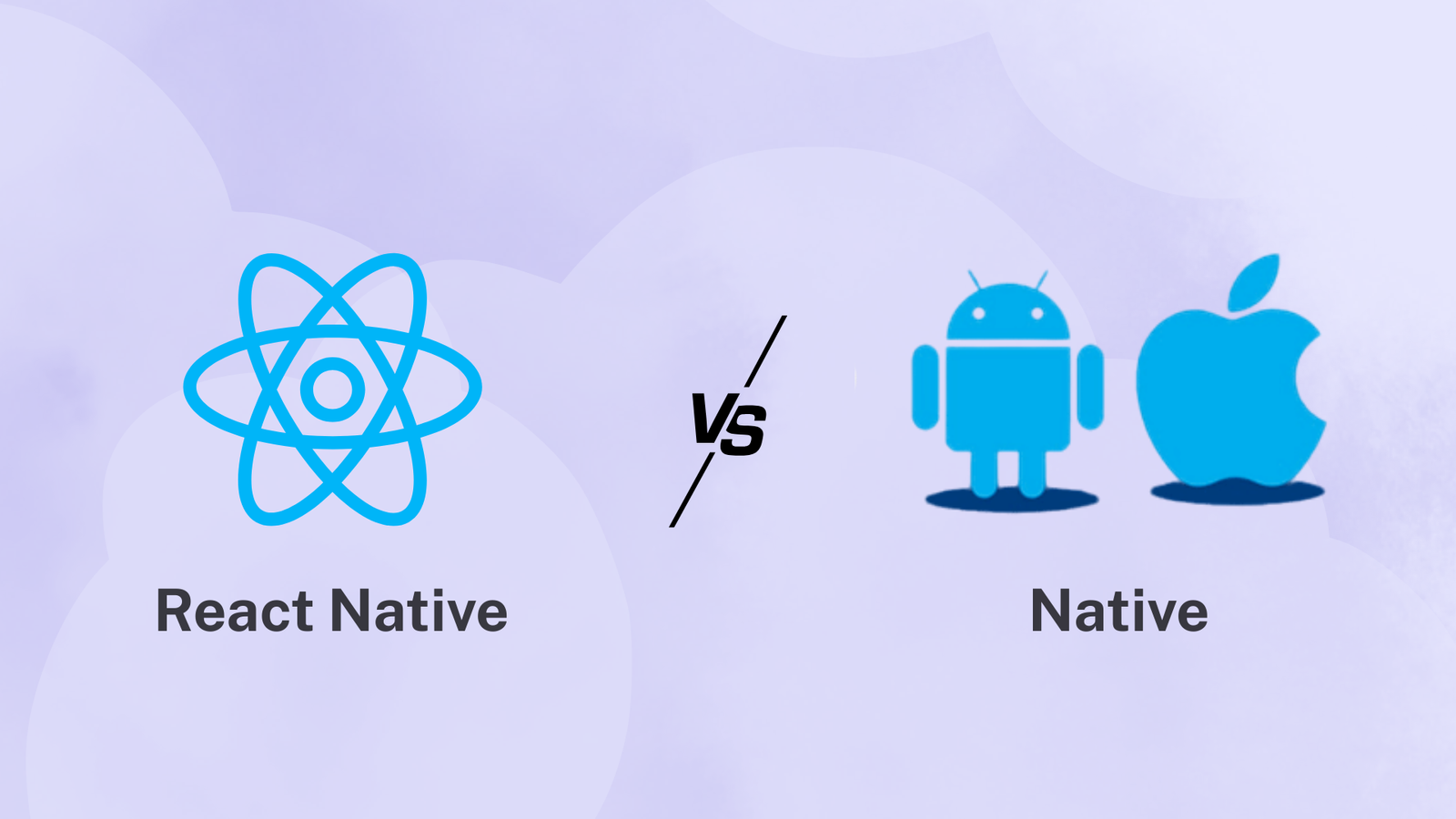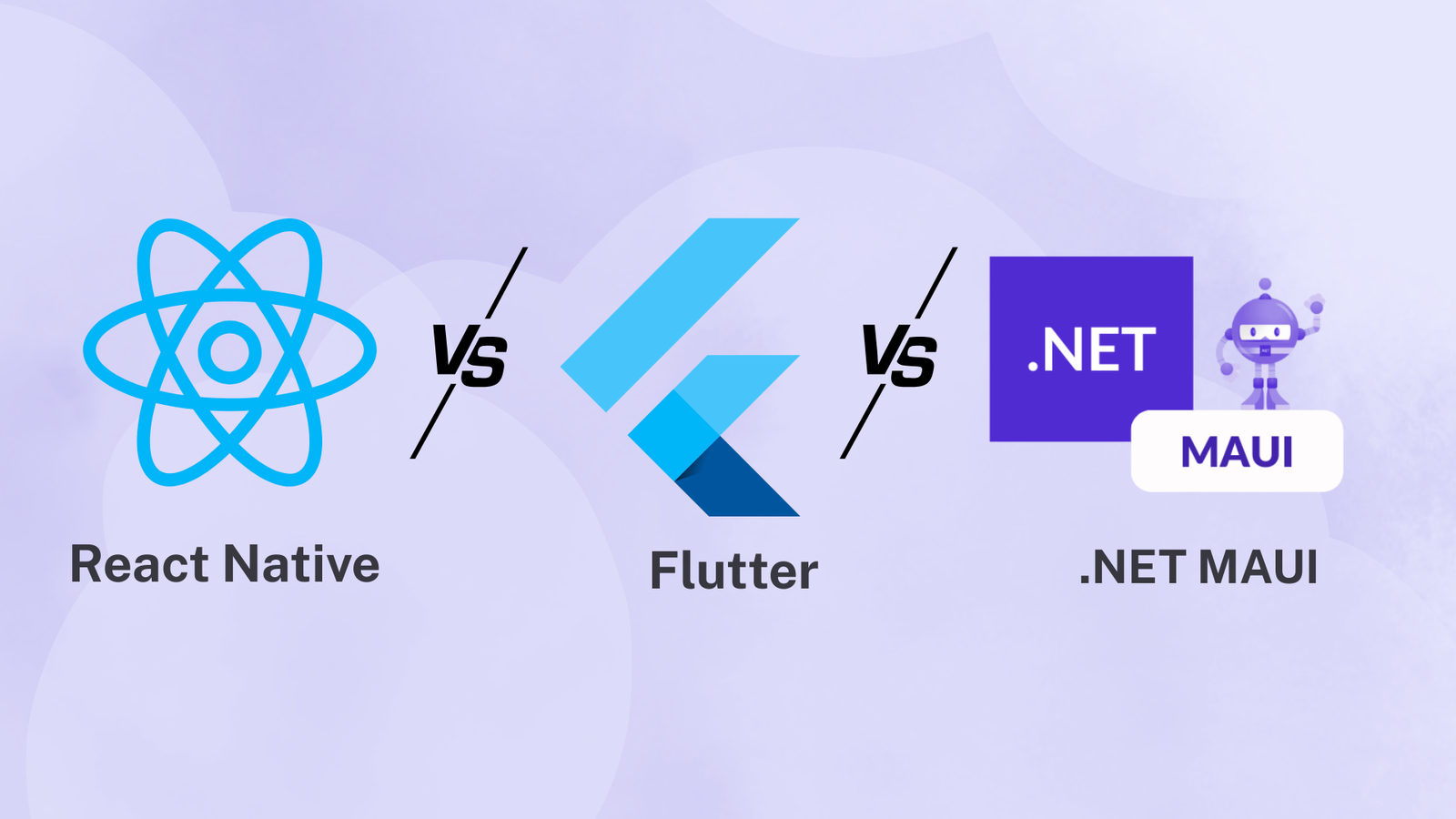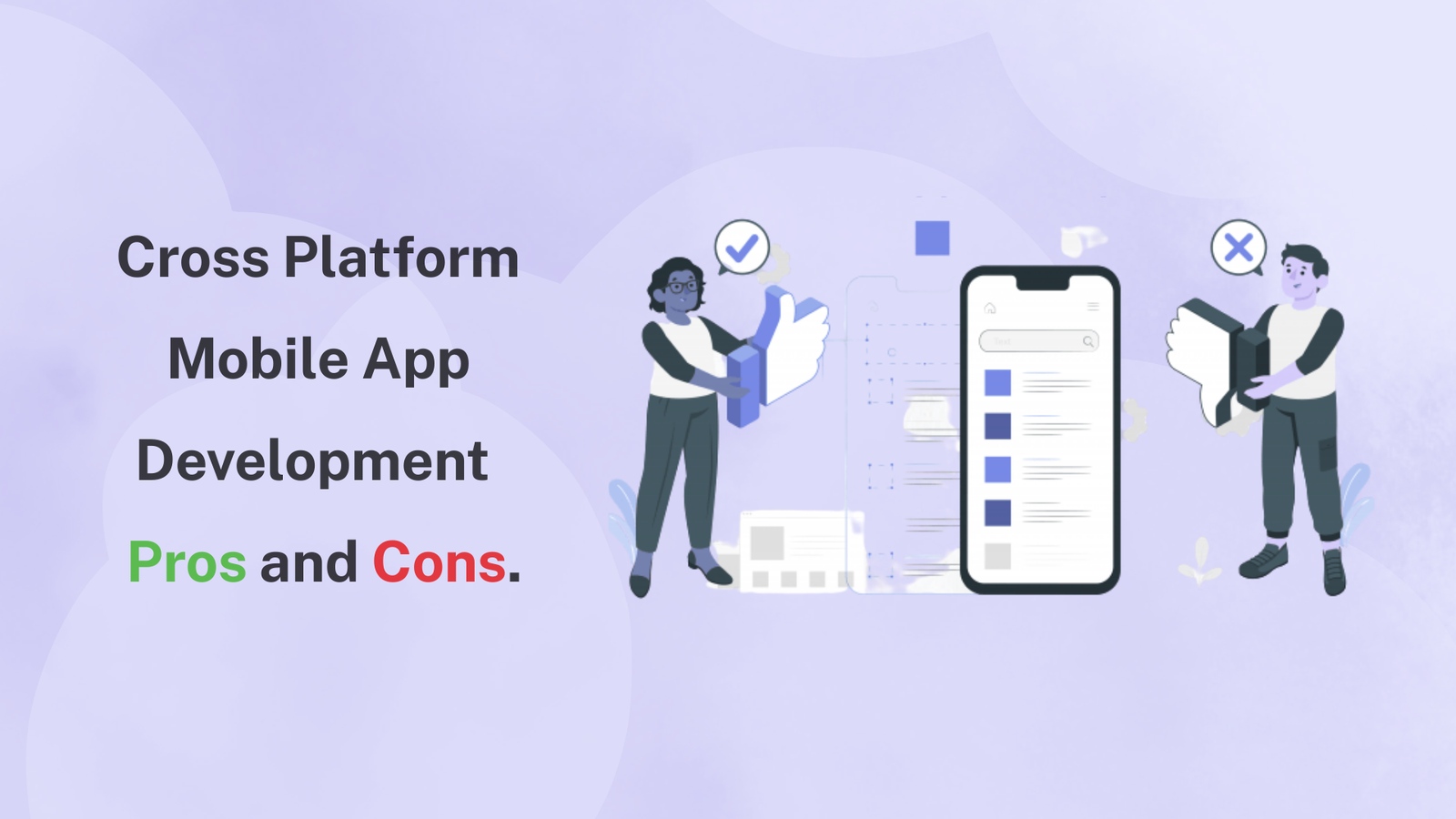React Native vs Flutter vs MAUI: Which Framework to Choose for Your Next Mobile App Development? Home > Insights > Mobile Development Table of Content Introduction A Short Introduction to .NET MAUI, Flutter, and React Native .NET MAUI vs Flutter vs React Native: A Detailed Comparison Choosing the Framework That’s Right for you In today’s world of cross-platform mobile app development, choosing the right framework is crucial. Developers and businesses must consider factors like development speed, performance, platform compatibility, and the overall development experience to select the best framework for their needs. Three prominent contenders dominate the cross-platform mobile app development arena: .NET MAUI, Flutter, and React Native. This article provides a detailed comparison to help you make an informed choice. A Short Introduction to .NET MAUI, Flutter, and React Native .NET MAUI (Multi-platform App UI), developed by Microsoft, is an open-source, cross-platform framework. It evolves from ‘Xamarin.Forms’ and allows developers to create native mobile apps for Android, iOS, macOS, and Windows from a single codebase using the C# programming language. .NET MAUI also targets multiple platforms with a unified API, simplifying the development process. Flutter, an open-source UI framework created by Google, is known for its unique “widget” system. The entire user interface is composed of customizable widgets, enabling developers to create natively compiled applications for mobile, web, and desktop from a single codebase using the Dart programming language. React Native, a JavaScript framework developed by Facebook, allows developers to build mobile applications using JavaScript and React, a popular JavaScript library for building user interfaces. React Native apps compile to native code, providing excellent performance and a native look and feel. .NET MAUI vs. Flutter vs. React Native: A Detailed Comparison Parameter .NET MAUI Flutter React Native Development Language and Ecosystem Uses C#, leveraging the extensive .NET ecosystem and integrating with Visual Studio. Uses Dart, easy to learn with a growing package ecosystem and robust tooling support. Utilizes JavaScript, with a vast ecosystem of libraries and hot reloading for rapid development. User Interface Provides a native-like user interface across platforms, using Xamarin.Forms and .NET community toolkit. Features a widget-based approach for highly customized UIs, with high-quality graphics and smooth animations. Uses a bridge to communicate between JavaScript code and native components, offering a native look and feel with some potential performance bottlenecks. Performance Leverages platform-specific rendering for excellent performance, with .NET 6.0 improvements. Delivers impressive performance using the Dart language and Skia rendering engine. Performance has improved over the years, but still relies on a bridge to interact with native modules, which can introduce overheads. Development Tools and Ecosystem Offers robust tools like Visual Studio, extensive Xamarin.Forms ecosystem, and access to the NuGet package manager. Strong community support, excellent documentation, and a wide range of plugins through pub.dev package manager. Large and active community with a wealth of third-party libraries, integrating well with popular code editors and tools like Expo. Platform Support Supports Android, iOS, macOS, and Windows, with multiple form factors including phones, tablets, and desktops. Supports Android, iOS, web, macOS, and Windows, enabling the creation of progressive web apps (PWAs). Primarily targets Android and iOS, with community-driven efforts for other platforms. Community Support and Long-term Viability Benefits from Microsoft’s support and investment, ensuring long-term viability. Backed by Google with widespread adoption and extensive third-party support. Established community with continued development driven by the community, despite Facebook scaling back direct involvement. Learning Curve Gentle for C# and .NET developers, steeper for those new to C#. Widget-based approach may be challenging for those used to imperative UI development. Accessible for JavaScript and React developers, with a relatively smooth transition. Choosing the Framework That’s Right for You The optimal choice among .NET MAUI, Flutter, and React Native depends on the developer’s technical expertise, project objectives, and application complexity. Here are some recommendations: React Native: Ideal if you are already proficient in JavaScript. Flutter: Offers superior performance, stability, and a unified ecosystem. Note that its rendering engine may slightly impact performance in some scenarios. .NET MAUI: Leverages native UI components for superior performance on specific platforms. Ready to start your mobile app development journey? Our extensive expertise in mobile app development and deep understanding of these frameworks can guide you in selecting the best path for your project. RELATED SERVICE Mobile App Development Know More about Mobile App Development Services Learn More Explore More Blogs Cloud & DevOps 18 July 2024 DevOps Vs GitOps DevOps Vs GitOps Home > Insights > DevOps And Deployment Table of Content Introduction DevOps… Read More Mobile App Development React Native vs Native: Which One To Choose For Your Mobile App July 18, 2024/No Comments React Native vs Native: Which One To Choose For Your Mobile App Home > Insights > Mobile Development Table of… Read MoreDPIS Tech Brains React Native vs Flutter vs .NET MAUI: Which Framework to Choose for Your Next Mobile App Development? July 18, 2024/No Comments React Native vs Flutter vs MAUI: Which Framework to Choose for Your Next Mobile App Development? Home > Insights >… Read MoreDPIS Tech Brains Cross Platform Mobile App Development – Pros and Cons. July 18, 2024/No Comments Cross Platform Mobile App Development – Pros and Cons. Home > Insights > Mobile Development Cross Platform Mobile App Development… Read MoreDPIS Tech Brains React Native vs Flutter vs MAUI: Which Framework to Choose for Your Next Mobile App Development? Home > Insights > Mobile App Development Table of Content Introduction Why Cross-Platform Frameworks Matter A Quick Introduction to .NET MAUI, Flutter, and React Native Detailed Comparison: React Native vs Flutter vs .NET MAUI React Native App Development: Strengths & Use Cases Flutter App Development: Strengths & Use Cases .NET MAUI Development: Strengths & Use Cases Choosing the Right Framework for Your Mobile App Development Project Conclusion Essential Insights: Flutter dominates in UI customization and widget-driven design, making it ideal for startups and design-centric apps. React Native app development is best suited for businesses leveraging existing JavaScript expertise and aiming for faster, cost-effective delivery. .NET



